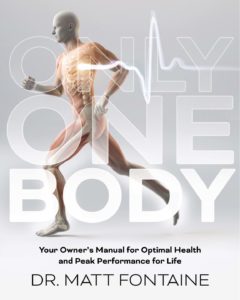Youth
1 in 3 youths in sports are injured seriously enough to miss practice or a game. The most common types of sports injuries among young athletes are sprains, muscle strains, bone or growth plate injuries, repetitive motion injuries, concussions and heat related illness.
Here is what we see in our younger patients:
- the sooner they get treatment, the quicker they heal and get back to sports.
- monthly check ups keep them performing well and helps prevent injury.
- younger athletes who develop good recovery habits now will set them up for future success.




